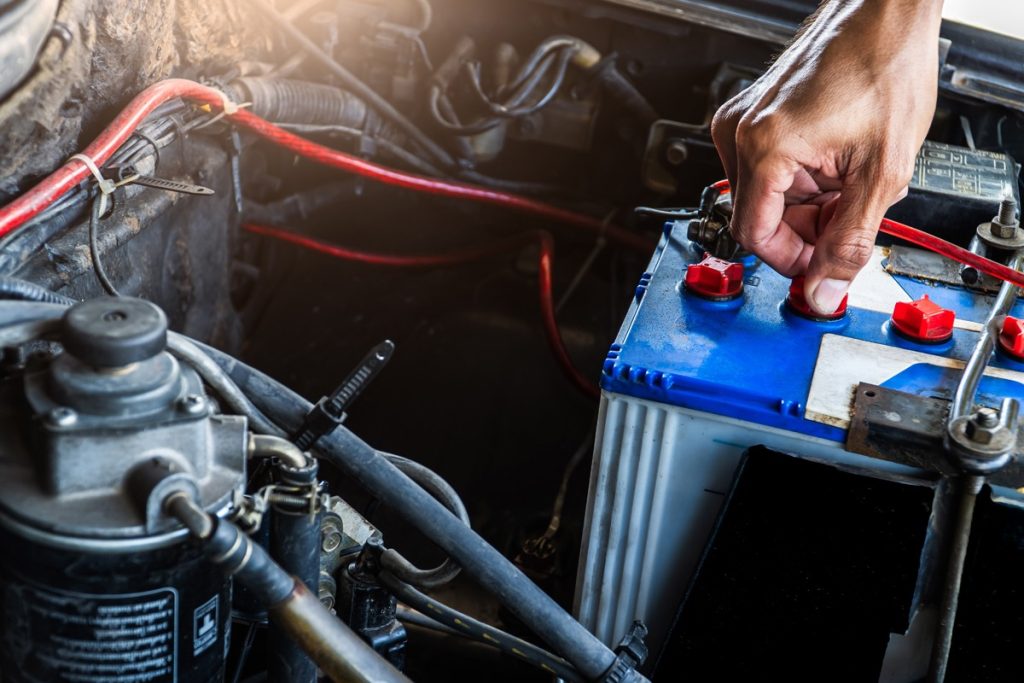Top Battery Manufacturers of 2025 Powering the Future of Energy

The global shift toward clean energy and electrification is accelerating at an unprecedented rate, placing an enormous spotlight on the role of Battery Manufacturers. As industries ranging from automotive to consumer electronics and renewable energy storage pivot to greener and more sustainable solutions, battery technology continues to stand at the core of innovation. In 2025, battery manufacturers are not just suppliers—they are strategic partners in shaping the global energy transition.
Understanding the Battery Manufacturing Ecosystem
Battery manufacturing is a complex, high-tech process involving intricate supply chains, precision engineering, and rigorous safety protocols. It spans a range of chemistries including lithium-ion, nickel-metal hydride, solid-state, and emerging alternatives like sodium-ion and graphene batteries. The most prominent battery manufacturers are those that lead innovation, maintain reliability, and deliver large-scale production without compromising environmental or safety standards.
Global Demand Surge
The worldwide demand for batteries is projected to exceed 3,000 GWh by 2030, driven mainly by the electric vehicle (EV) market and grid-scale energy storage systems. Battery manufacturers are ramping up investments, forming global partnerships, and adopting cutting-edge technologies to stay competitive and meet soaring requirements.
Top Battery Manufacturers Leading the Industry in 2025
Let’s take a closer look at the top players redefining battery production this year. These companies have consistently proven their leadership in research, production capacity, and global market reach.
CATL (Contemporary Amperex Technology Co. Limited)
Based in China, CATL remains a dominant force in the battery sector. In 2025, the company continues to expand its production facilities across Asia, Europe, and North America. Its innovation in lithium iron phosphate (LFP) and solid-state battery technology cements its place as one of the most forward-thinking battery manufacturers.
LG Energy Solution
A spinoff from LG Chem, LG Energy Solution is known for supplying batteries to major automakers such as Tesla, Hyundai, and General Motors. In 2025, the company focuses on improving battery density and safety while expanding its footprint in the United States and Europe.
Panasonic
Panasonic maintains its status as a top-tier battery producer thanks to its strong partnership with Tesla. The Japanese company continues refining its cylindrical battery technology and is developing next-gen batteries to power EVs and industrial applications.
BYD
Chinese automotive and battery giant BYD is rapidly increasing its global market share. As both a vehicle producer and battery supplier, BYD integrates battery technology into its operations with unparalleled efficiency. It stands out among battery manufacturers for its vertical integration and diverse battery chemistries.
Samsung SDI
Samsung SDI excels in high-performance battery systems for automotive and consumer electronics. The company is investing in solid-state battery research and has secured multiple joint ventures to strengthen its international supply chain.
SK On
A newer player under the SK Group, SK On is aggressively expanding in Europe and North America. With a strong focus on sustainability and digitalized production, SK On is setting new benchmarks among emerging battery manufacturers.
Manly Battery
A rapidly growing name in the battery space, Manly Battery is gaining global recognition for its durable lithium-ion battery solutions. Known for custom energy storage solutions, Manly Battery supports various sectors including solar energy, industrial systems, and e-mobility with efficiency and precision.
Trends Shaping Battery Manufacturers in 2025
To remain relevant and competitive, battery manufacturers must stay attuned to evolving technological and regulatory landscapes. Here are some of the key trends influencing the industry in 2025.
Shift to Solid-State Batteries
Solid-state batteries promise higher energy density, faster charging, and enhanced safety over traditional lithium-ion batteries. Companies like Toyota, QuantumScape, and Solid Power are actively developing prototypes and small-batch manufacturing facilities, pushing battery manufacturers toward the next frontier.
Sustainability and Recycling Initiatives
Environmental concerns are driving manufacturers to adopt greener production processes and implement robust battery recycling programs. Players such as Redwood Materials and Li-Cycle are teaming up with battery manufacturers to create closed-loop systems that recover valuable materials from end-of-life batteries.
AI and Digitalization
Advanced AI and automation are streamlining battery production lines, improving defect detection, optimizing energy usage, and enabling predictive maintenance. Battery manufacturers are investing in Industry 4.0 solutions to enhance productivity and reduce downtime.
Vertical Integration and Strategic Alliances
Leading companies are securing their position in the value chain by vertically integrating mining, materials processing, and battery assembly. Strategic partnerships between automakers and battery manufacturers are becoming the norm, ensuring stable supply and fostering co-development of new technologies.
Regional Analysis of Battery Manufacturers in 2025
The global landscape of battery manufacturers is evolving with regional centers of innovation and production emerging across continents.
Asia-Pacific
Asia-Pacific, particularly China, Japan, and South Korea, remains the epicenter of battery manufacturing. With well-established infrastructure, robust government policies, and a skilled labor force, the region continues to dominate global production.
North America
North America is witnessing a significant push toward domestic battery manufacturing, driven by government incentives and growing EV demand. The Inflation Reduction Act in the U.S. is accelerating investments in local production facilities and partnerships with international battery manufacturers.
Europe
Europe is scaling its Gigafactory capacities to meet its Green Deal and climate targets. Companies like Northvolt and ACC (Automotive Cells Company) are leading the charge toward a self-reliant European battery ecosystem, competing closely with Asian battery manufacturers.
Challenges Facing Battery Manufacturers
Despite the booming demand, battery manufacturers face several challenges that must be navigated with foresight and innovation.
Raw Material Shortages
Securing lithium, nickel, cobalt, and other rare earth metals continues to be a significant hurdle. Volatile prices and geopolitical risks make it essential for battery manufacturers to diversify sourcing and invest in mining or recycling operations.
Safety Concerns
Battery safety remains a priority, especially for applications in EVs and grid storage. Advances in battery management systems (BMS) and thermal regulation are helping mitigate risks, but manufacturers must consistently test and refine their designs.
Regulatory Compliance
Manufacturers must comply with a patchwork of international safety, environmental, and transportation regulations. Navigating this regulatory complexity requires a proactive approach and strong internal governance.
Capital Intensity
Battery manufacturing is capital intensive, requiring billions in investment to set up and scale facilities. Only the most financially resilient and strategically managed battery manufacturers can afford to innovate at scale while maintaining profitability.
The Road Ahead: Innovation and Future Outlook
As we look toward 2030 and beyond, the role of battery manufacturers will become even more pivotal. The transition to renewable energy, electrification of public transport, and the rise of decentralized power systems will demand more efficient, durable, and scalable battery solutions.
Emerging technologies such as lithium-sulfur, graphene-based batteries, and bio-batteries may revolutionize the market further. Battery manufacturers that invest in research and maintain flexible, adaptive business models will likely lead this transformative decade.
Moreover, as climate urgency accelerates, global stakeholders—from governments to private corporations—will increasingly depend on battery manufacturers to deliver energy solutions that are not just powerful, but also sustainable and circular.
Conclusion
In 2025, battery manufacturers are not only responding to market demands—they are defining the pace and direction of global innovation. These companies are powering the vehicles we drive, the devices we use, and the grids that light up our cities. With escalating demand, rapid technological advancements, and global commitments to net-zero goals, battery manufacturers have never held a more crucial position in the world economy. Businesses, investors, and policymakers alike must continue to support and collaborate with these industry leaders to ensure a resilient and electrified future.




